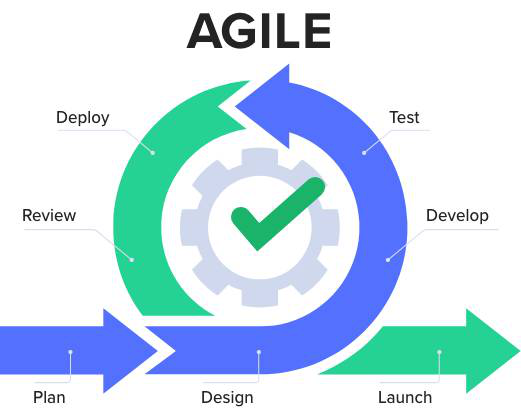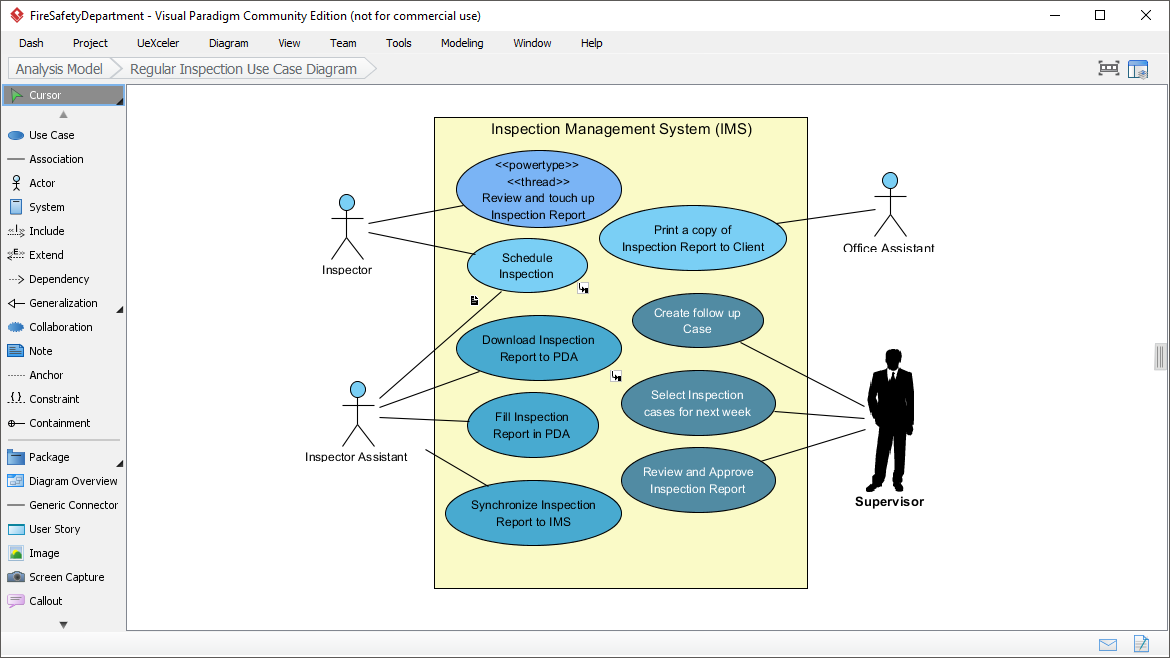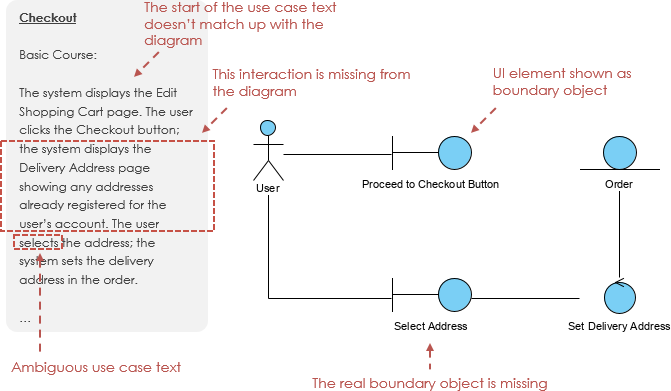Exploring Use Cases and Scenarios in Software Development
Introduction In the intricate landscape of software development, where precision and clarity are paramount, the utilization of use cases and scenarios stands as a beacon guiding developers through the maze of requirements and functionalities. Let's embark on a journey through the definitions, frameworks, and methodologies that make use cases and scenarios indispensable in the development process. Understanding the Use Case At its essence, a use case is a comprehensive collection of interactions between external actors and a system. It serves as a structured means of capturing and documenting the functional requirements of a…continue reading →




